Exercise & Type 1 Diabetes
This is the Exercise & Type 1 Diabetes guide. It explains what’s happening in the body during different types of exercise and gives you practical starting plans to manage glucose before, during, and after activity.
No single plan works perfectly. You’ll need trial and error with continual tinkering — all the while remembering The Glucose Never Lies.
Jump straight to what you need:
- Start here — exercise video walkthrough
- Aerobic (endurance) exercise
- Anaerobic (very intense) exercise
- Mixed / team sports
- Exercise carbohydrate calculators
- AID systems & exercise
- CGM & exercise
- Deep dive: physiology & consensus guidance
These are starting frameworks, not rigid rules.
Managing exercise is one of the hardest challenges Type 1 diabetes has to offer.
It’s not because exercise is “bad” — it’s because activity introduces fast-acting physiology into a system that is otherwise controlled by slow-acting insulin.
It’s impossible to create a guide that works perfectly for everyone.
What is possible is to explain what’s happening in the body during exercise and give you a way to build sensible starting plans.
The plans here follow consensus guidelines. If you want the deeper physiology and references, see the Deep Dive.
Before we begin: activity and exercise are among the most potent tools we have to reduce insulin resistance and protect physical and emotional health. If exercise came in pill form, everyone would be on it.
Do all types of exercise affect glucose the same way?
No. Different exercise types put very different demands on the glucose system.
- Aerobic (endurance) exercise usually lowers glucose
- Anaerobic (very intense) exercise often raises glucose
- Mixed / team sports can raise or lower glucose depending on intensity
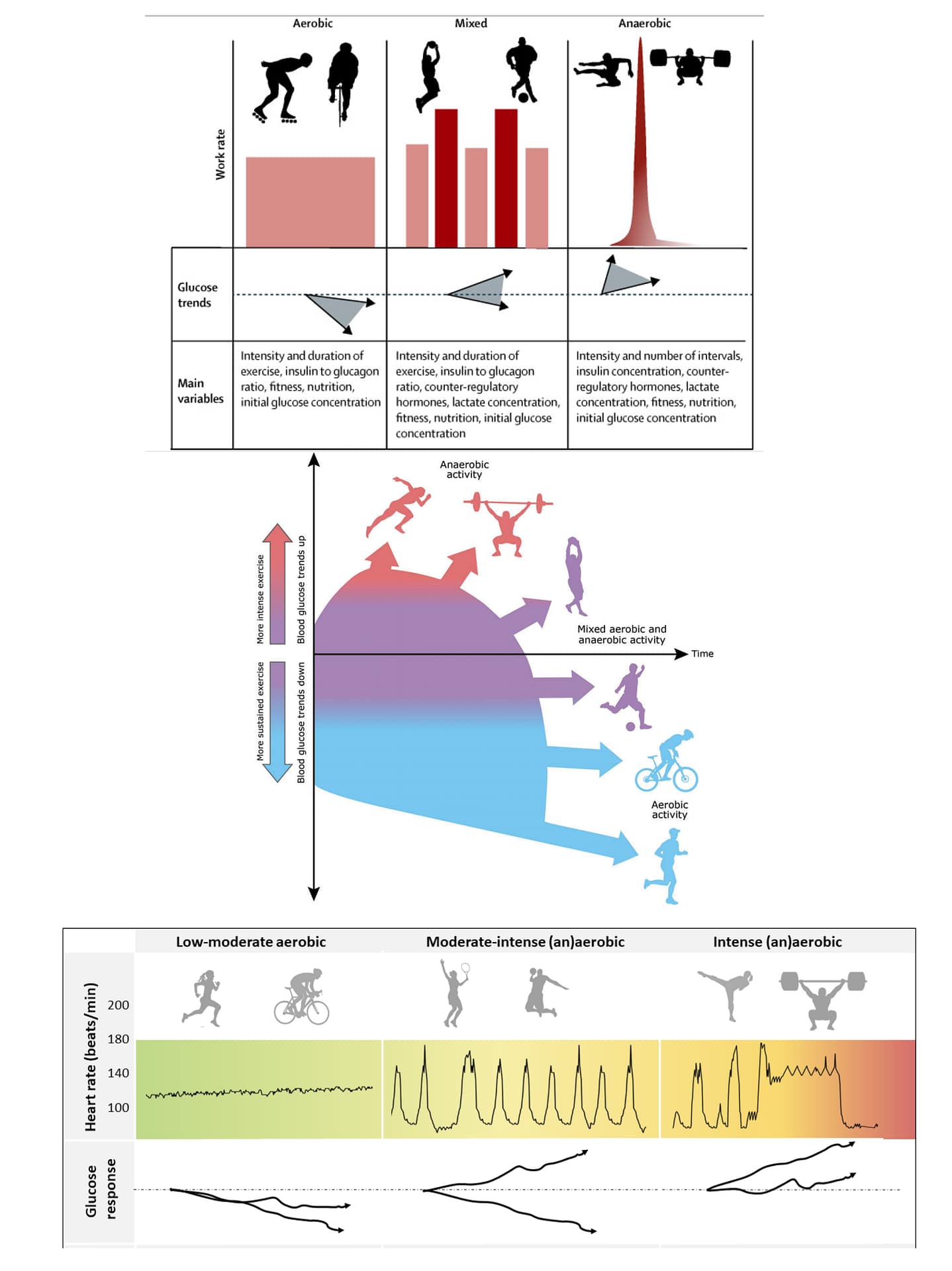
Why does aerobic exercise drop glucose?
Aerobic exercise opens an alternative “side door” into muscle cells, allowing glucose uptake without extra insulin.
That’s powerful — and dangerous if insulin isn’t adjusted. In this guide you’ll learn how to reduce insulin and add carbohydrate to prevent hypos.
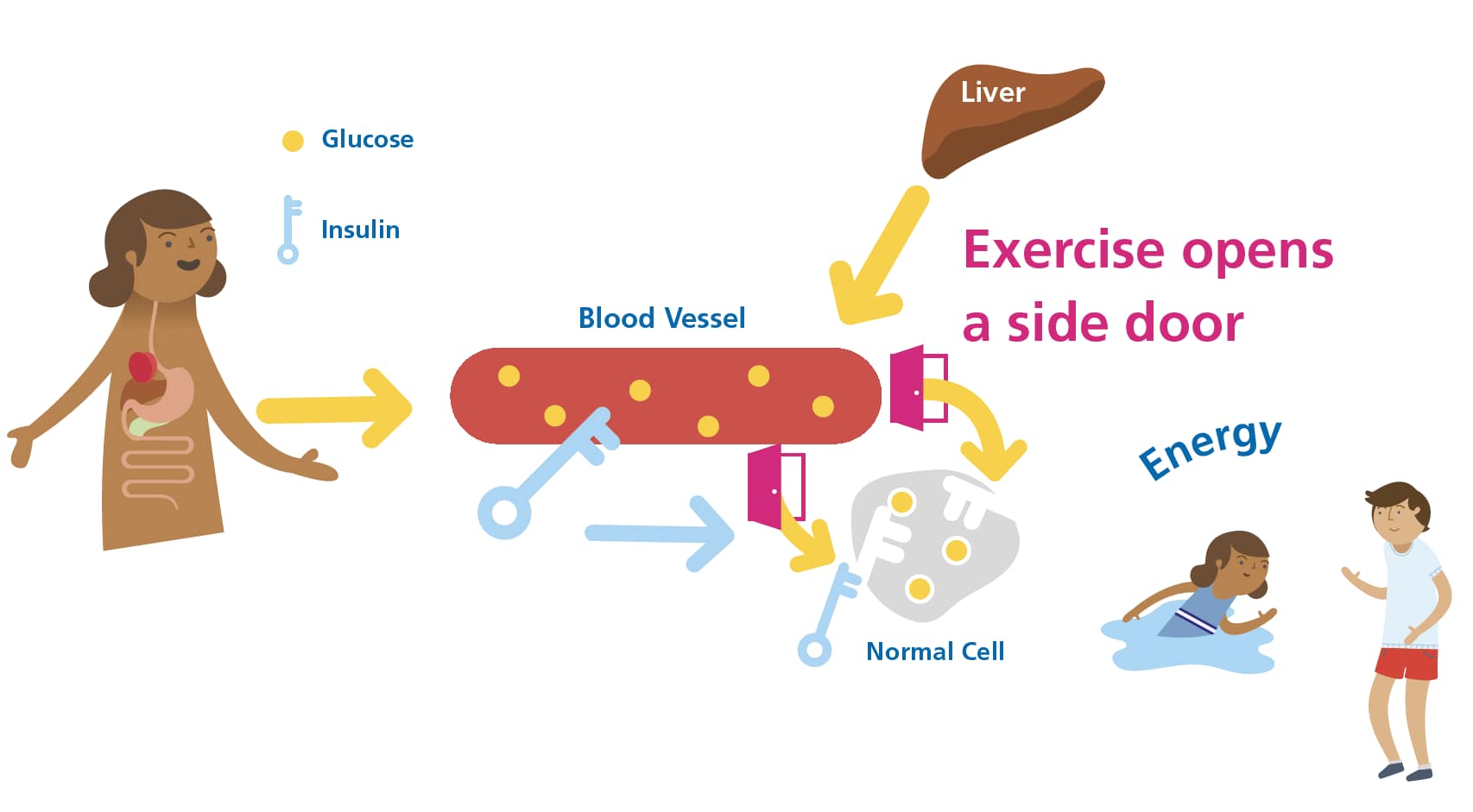
Why does anaerobic exercise raise glucose?
High-intensity exercise releases stress hormones that drive glucose out of the liver.
The glucose surge can exceed what muscles can take up, even with side doors open. This guide shows when — and how — to manage that rise.

Does recent bolus insulin matter?
Very much so.
Exercise dramatically amplifies insulin action. Combine a full bolus with activity and insulin becomes stronger and lasts longer than expected.
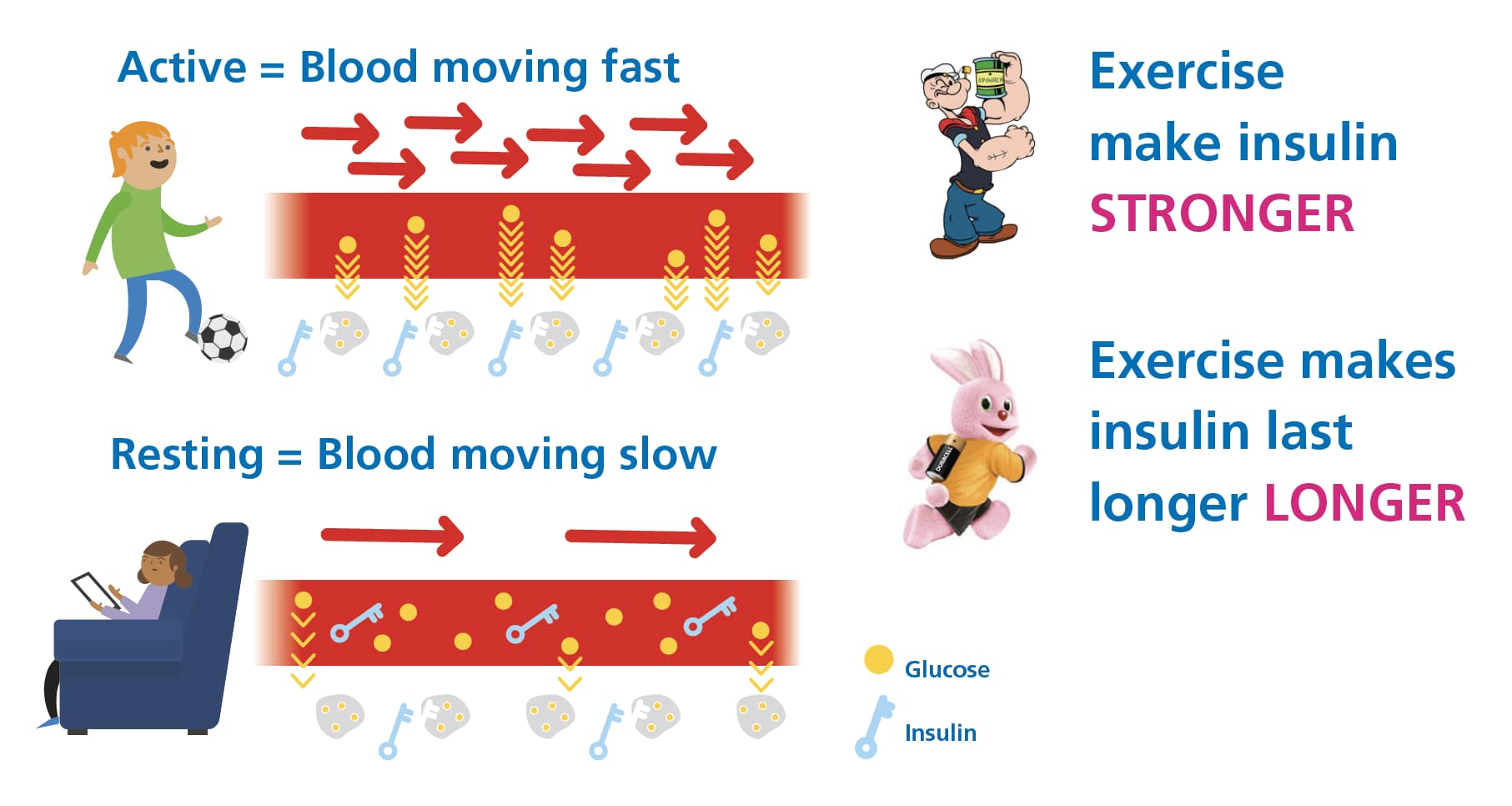
If exercise happens within 90 minutes of eating, bolus insulin usually needs reducing.
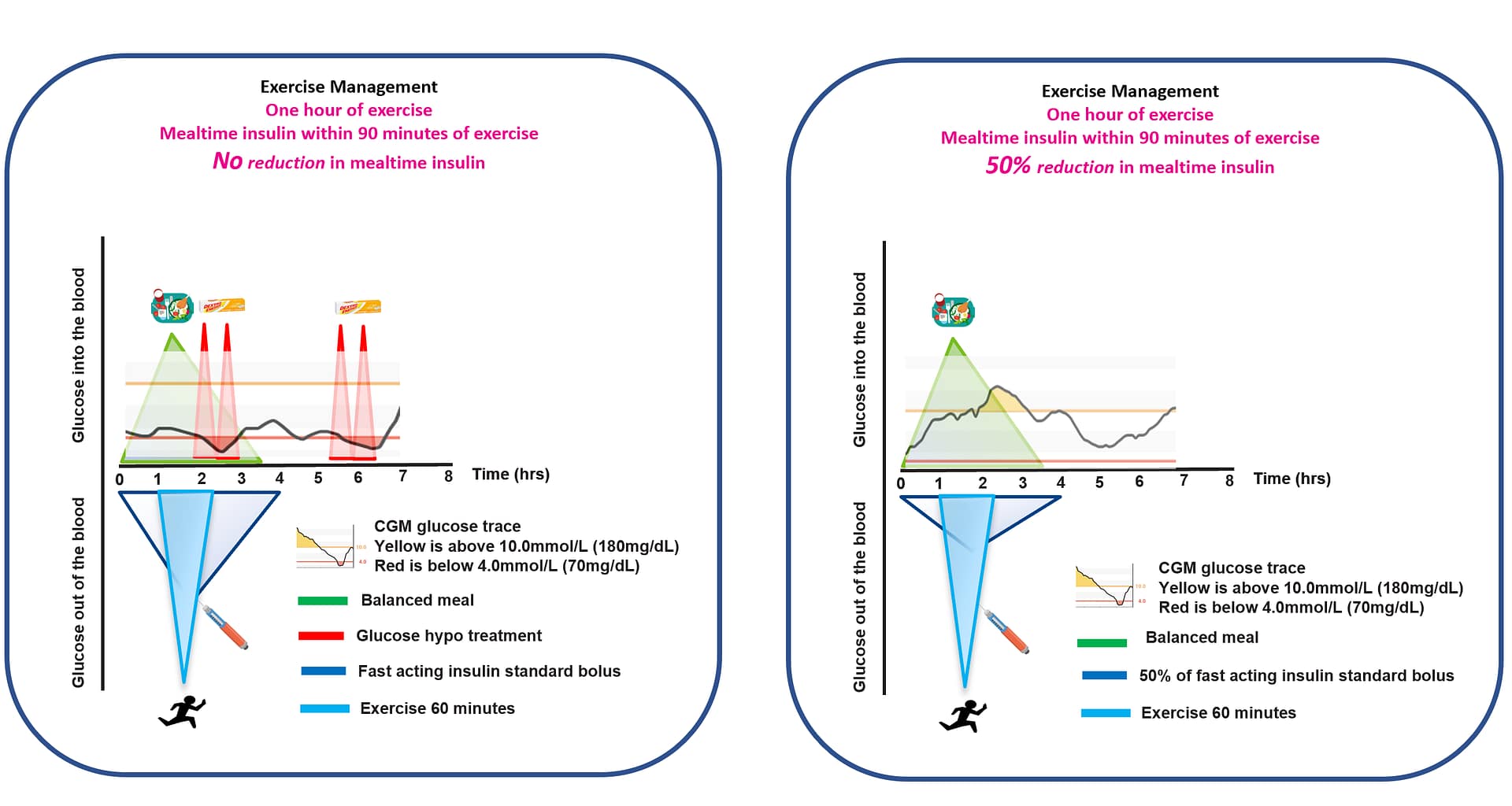
The Three-Hour Rule
One rule simplifies exercise management more than any other:
The Three-Hour Rule
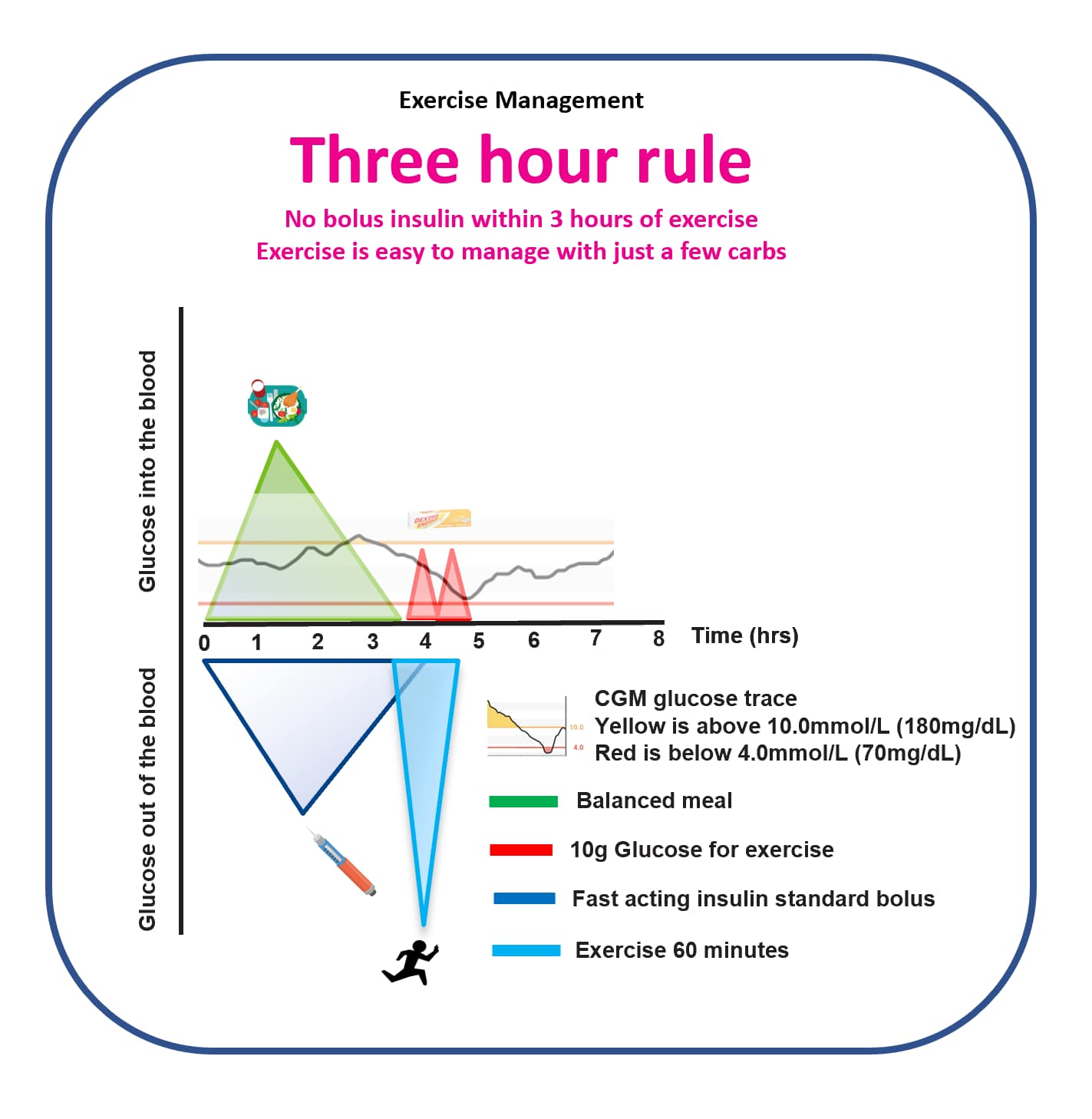
When the last bolus was at least three hours before exercise, glucose becomes far more predictable. Fewer hypos, fewer corrections, less stress.
This rule transformed my own experience during the National Three Peaks Challenge and beyond.
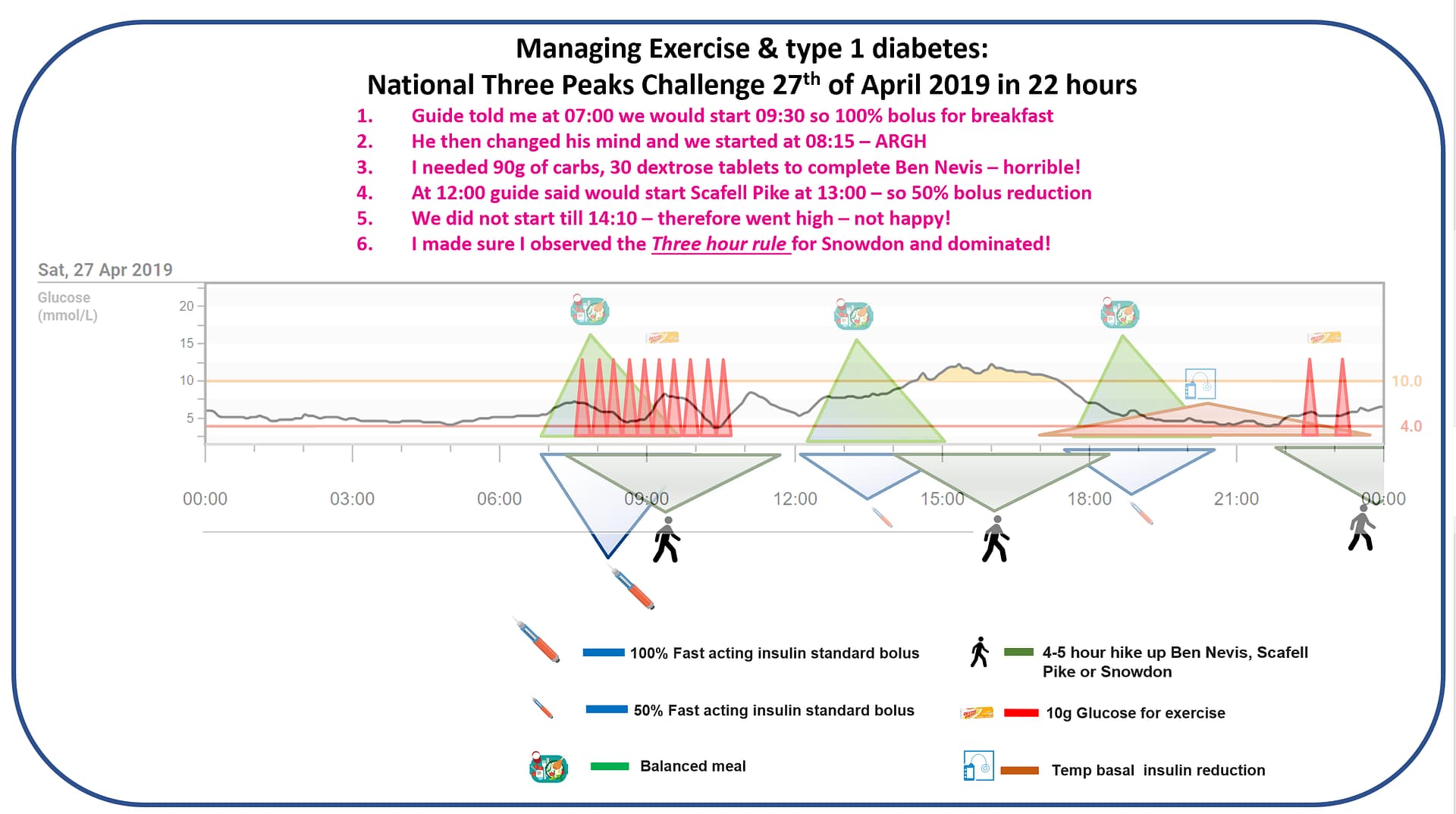

- Better glucose control
- Improved performance
- Less mental load
- Far fewer dextrose tablets
Does exercise increase overnight hypo risk?
Yes. Exercise lasting ~45 minutes or more can increase hypo risk for up to 11 hours.
Muscle and liver glycogen need refilling, side doors remain open, and insulin often needs reducing.
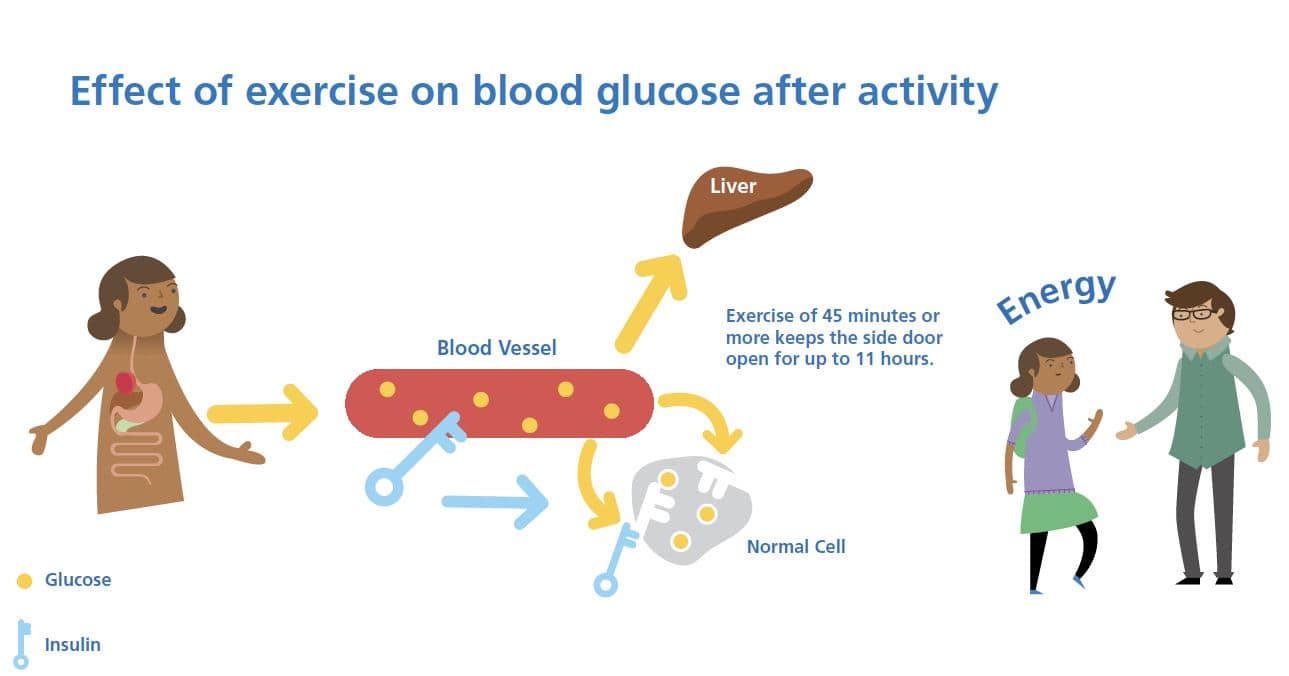
Exercise carbohydrate calculators
I’ve pulled international guidance into personalised calculators based on weight, CGM, and glucose trends.
You check glucose 20 minutes before exercise and every 20 minutes during.
Dexcom G6
Libre 1 & 2
Medtronic
Dexcom + pump
Glucose works best. It absorbs quickly and doesn’t stack unpredictably like mixed sugars.
How to use this guide
For each exercise type, you’ll learn how to create starting plans for:
- Before exercise
- During exercise
- After exercise
They are starting points — not rules. Expect trial and error. Expect tinkering.
The Glucose Never Lies. Let it be your guide.
Next step: Aerobic (Endurance) Exercise


I completed your brilliant training on exercise and AID systems, Type 1 DEC (Diabetes Exercise Calculator) Competency and took the post training assessment and scored 10/10 30th April 2025.
I wondered if it would be possible to get hold of the tool please?